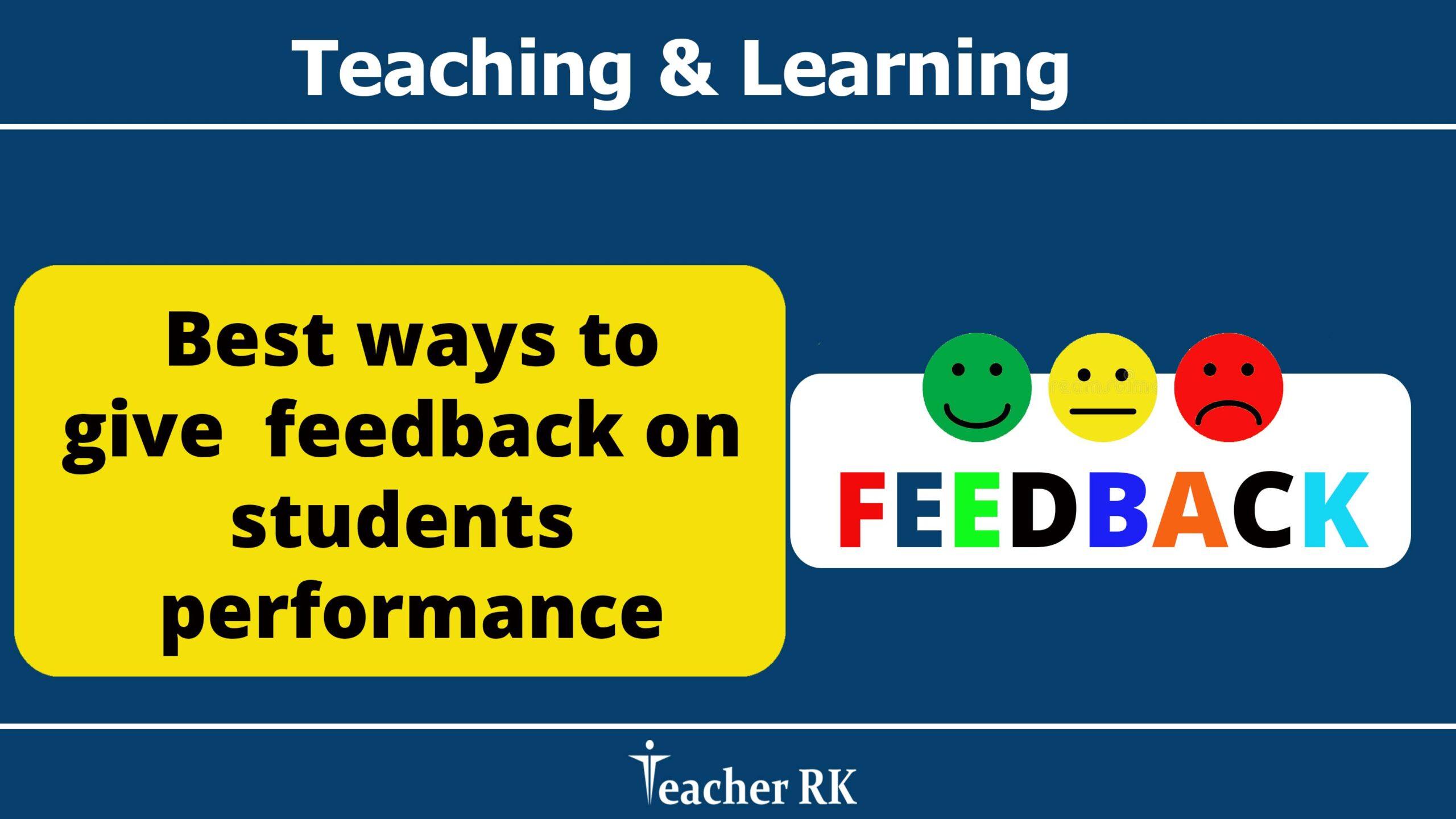In a world where businesses are constantly striving for an edge, how can leaders make sure their decisions are strategic and well-informed?
Whether you’re running a startup, leading a team, or managing a major project, using a SWOT analysis can be the secret weapon that reveals a clear path forward. It’s a tried-and-true tool that has helped companies, large and small, uncover their strengths, spot potential roadblocks, and seize new opportunities.
What is SWOT Analysis?
A SWOT analysis is a strategic planning tool that helps individuals and organizations identify their internal strengths and weaknesses, along with external opportunities and threats. The acronym “SWOT” stands for:
- Strengths: Internal attributes or resources that give the organization an advantage.
- Weaknesses: Internal limitations or areas that put the organization at a disadvantage.
- Opportunities: External factors that the organization can leverage for growth.
- Threats: External challenges or risks that could negatively impact the organization.
This analysis provides a comprehensive overview of a company’s current position, aiding strategic planning and allowing leaders to make informed decisions based on a thorough understanding of the landscape.
Example of SWOT Analysis: Starbucks
Let’s take a look at Starbucks, one of the world’s most recognized coffee brands, to see how SWOT analysis works in practice.
Strengths:
Brand Loyalty and Recognition: Starbucks has a highly recognizable brand and a loyal customer base worldwide. The green siren logo is synonymous with quality coffee, and many customers consider Starbucks an integral part of their daily routine.
Strong Global Presence: Starbucks operates in over 80 countries, allowing it to tap into a vast global market.
Product Innovation: Starbucks continually innovates its menu with seasonal drinks, new food options, and customizable features, keeping customers engaged.
Weaknesses:
High Prices: Compared to other coffee chains and independent cafes, Starbucks charges a premium, which can be a drawback in price-sensitive markets.
Dependence on U.S. Market: A significant portion of Starbucks’ revenue comes from its U.S. stores, making it vulnerable to economic downturns in its home country.
Employee Turnover: The food and beverage industry, in general, has high turnover, and Starbucks is no exception. Training new employees is costly and time-consuming.
Opportunities:
Expansion in Emerging Markets: While Starbucks has a global presence, there is still room for growth in emerging markets like China and India, where coffee culture is growing.
Digital Transformation: With the rise of online ordering, delivery partnerships, and loyalty apps, Starbucks can expand its digital footprint to improve customer convenience and engagement.
Product Diversification: The company has the opportunity to expand its product range, such as health-focused options, ready-to-drink beverages, or expanding partnerships with grocery stores.
Threats:
Intense Competition: The coffee market is highly competitive, with many regional and international players. Competitors like Dunkin’ Donuts and McDonald’s pose a threat to Starbucks’ market share.
Changing Consumer Preferences: With growing demand for sustainable and ethically sourced products, Starbucks faces pressure to maintain high environmental and ethical standards.
Economic Fluctuations: Recessionary periods or changes in economic conditions can impact discretionary spending, directly affecting Starbucks’ customer base and profitability.
SWOT analysis – Advantages and Disadvantages
| Advantages | Disadvantages |
|
|
Final words
SWOT analysis is a simple yet powerful tool that businesses, regardless of size, can use to gain a strategic advantage. By regularly evaluating strengths, weaknesses, opportunities, and threats, leaders are better equipped to make informed decisions and create plans that align with their goals and the external environment. As seen with Starbucks, understanding both the internal and external landscape through SWOT can lead to better positioning and help companies seize new growth opportunities while addressing potential challenges.
So, whether you’re planning your next business move or simply looking to sharpen your strategic insights, consider adding SWOT analysis to your toolkit—your roadmap to smarter, more confident decision-making.
Questions to reflect:
- How can identifying strengths and weaknesses within an organization influence its strategic planning?
- In what ways can external opportunities and threats impact a company’s long-term success?
- How might a business prioritize which factors to address first after conducting a SWOT analysis?
- What challenges might arise if a SWOT analysis is outdated or incomplete, and how can these be mitigated?
MCQs
Report Card
Total Questions Attempted: 0
Correct Answers: 0
Wrong Answers: 0
Percentage: 0%
Lesson Plan: Introduction to SWOT Analysis
Objective: Students will understand the purpose of SWOT analysis and learn how to apply it to assess business scenarios.
Pre lesson: Ask students to watch this video before the class begins ( insert video link here)
Lesson flow:
10 mins: Introduction and Context
Start with a brief overview of SWOT analysis, explaining each element (Strengths, Weaknesses, Opportunities, Threats) and its purpose in strategic planning.
Ask students to brainstorm examples of each category based on well-known companies, such as Apple or Tesla, to connect the concepts with real-world applications.
15 mins: Interactive Case Study Analysis
Divide students into small groups. Give the copy of SWOT analysis Worksheet 1. Provide prompts and support as needed, encouraging students to think critically about each category and its implications for the business.
10 mins: Discussion and Reflection
Reconvene as a class and have each group present their SWOT findings. Facilitate a discussion on how the analysis might influence the business’s strategic decisions.
10 mins: Formative assessment.
Ask the students to test their knowledge by attempting MCQs
5 mins: Closure
Conclude with a quick wrap-up, asking students to reflect on how SWOT analysis. Assign homework – SWOT analysis Work Sheet 2.
Download worksheets: SWOT Analysis Work Sheet 1 and SWOT Analysis Work Sheet 2




